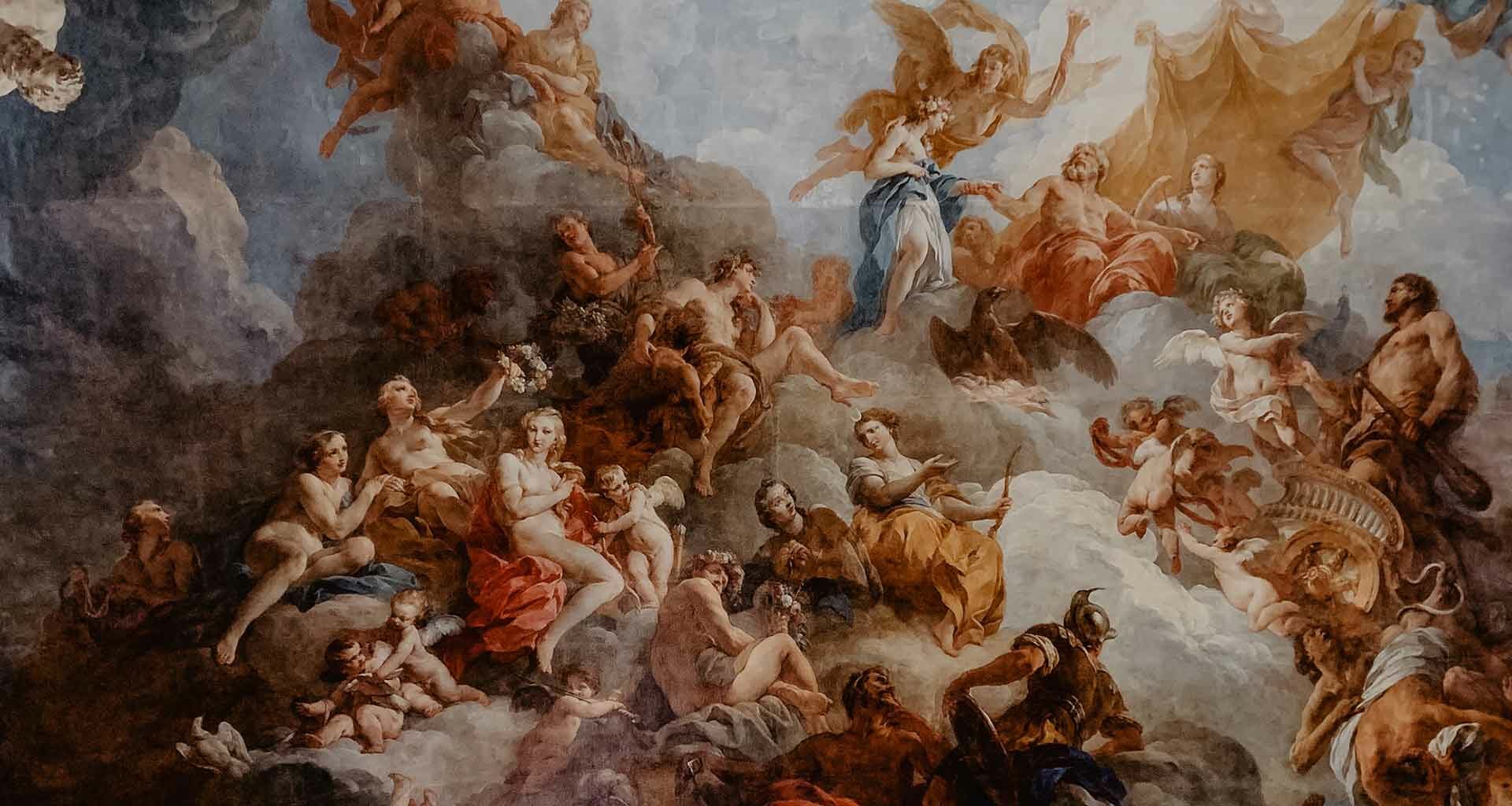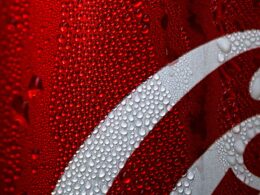Marketers who can’t earn customer loyalty declare that it is dead.
Brands earn loyalty by distinguishing themselves with their actions. The decline and death of brands has been predicted with every disruption whether private labels, ecommerce or near perfect information availability. Instead we find top brands are strengthening their positions across industries. Loyalty is not dead, only the ability to create loyalists is wanting, writes our columnist in this week’s Simply Speaking.
by Shubhranshu Singh
Corporate growth strategy has increasingly been accented towards new business acquisition and not as much on continuing business, cross selling and upselling. Loyalty has been seen as a ‘good to have’ aspiration at best.
In the past few years, I have published numerous articles on brand sociology, tribal affiliation, fandom and the brand cult. My work allowed me to see the consumer- brand connect from the loyalty perspective across categories, managing and working with power brands such as Axe, Lakme, Smirnoff, Johnnie Walker and Royal Enfield. I studied reward programs closely when I handled Marketing for Visa for South Asia with more than 100 issuer banks on board. As CMO at Star sports, I created properties such as Pro Kabaddi that brought fans of a sport into limelight for the first time and created millions more.
I know that every marketer knows it is easier to retain a customer than to acquire one. It is also more profitable to do so. Beyond doing away with acquisition costs, loyalists become allies to marketing. Consumer apathy to advocacy is the royal road to marketing nirvana.
If you don’t believe in loyalty, you question the very basis for a brand to exist. Is a brand not an abiding preference that rises above commoditisation and builds deep, lasting associations?
The growth of new age business was earlier declared as having risen above loyalty. Amazon, Facebook, Google or YouTube were seen as near monopolies. How could anyone be anything but loyal? Now Big Tech is in crisis mode and the Code Red call for action is loyalist retention. Ask Meta or Snap about the relentless growth of TikTok.
Brand loyalty is often attacked as being not about loyalty but gratification. Rewards, schemes, discounts hold on to customers not emotion, so goes the argument. The scientific evidence on correlations between loyalty rewards and brand esteem is tentative at best. Certainly, it changes across categories. In some places, it has become currency as in the case of CPG wholesale trade, Airline frequent fliers and retail ‘earn and burn’ rewards.
Can you deem a brand loyalty programme special if every player in the category has the same plan?
Often what seems like loyalty is not loyalty but mere process adherence. The hassles of change are too painful and inherent inertia battles the urge to judge rationally and act accordingly. I may want to change my phone, house, car or bank but I stay on, nevertheless.
Brand loyalty is now hard earned. But brand loyalty still exists, and it still pays.
We don’t need evidence that brand loyalty exists. Each of us, in our capacities as consumers, have a sense of moderate to deep loyalty born out of a positive bias for a brand.
I am privileged to work at the Tata group, revered as a national icon and institution. Our customers acknowledge the massive role Tata continues to play in nation building. This loyalty is genuine and such a loyalist core has had a disproportionate role in the development of brands.
Brand loyalty is hard to achieve, probably harder now than ever because it requires an enterprise-wide focus on delivering a consistent brand image and experience. Kurt Lewin said, ‘there is nothing so practical as a good theory’. That cannot be said about our understanding of loyalty. There theories crumble in the face of practical considerations.
Across leading brands, the prevalent practise is to measure a Net Promoter Score , a simple metric to assess traction with customers. Customers rank on a scale of 1 to 10 how satisfied they are with a brand overall or with a specific experience of that brand. Endorsers score at 9 or 10 ; detractors are those who rate it at 6 and under. Subtracting the detractors from the endorsers, you arrive at a net score . It is a direct measure of how many promote a brand and are likely to recommend it. That is seen as a good proxy for brand loyalty.
As a customer I am bombarded by emails or text messages asking me to rate how satisfied I am with almost every interaction I have had with a company. My bank, airline, hotel, restaurant, dentist, mobile phone network, car company and grocery store all want my vote of loyalty.
So, what is it about loyalty that marketers fail to grasp?
The secret is that we are loyal to brands we truly like
The Meaningful Brands Index by Havas with a sample size of more than thirty thousand consumers globally does a correlation between brand loyalty and importance to consumers. Consumers have no real loyalty to three-fourths of the brands they buy. But there are brands which are very important to consumers. These are brands with whom they have affinity, shared or common values and consider indispensable in their lives. These are the ‘meaningful’ brands.
Loyalty can’t literally be bought. Fan following in sports, as loyalty with brands, must be earned. But while it’s difficult to put a price on acquiring the loyalty of any given customer, brand loyalty is certainly big business.
Dawn Lerman, a professor at Fordham university wrote a book ‘The Language of Branding’ in which she explained how iconic brands can get followers to use a special lexicon that creates a sense of belonging and community.
Consumers want an ongoing interaction with a brand that does something special for them and for the world in which they live. These are brands with ‘purpose’ and have acquired a stature to own it. Apple, Lego, Nike, Harley-Davison and Patagonia are such brands. Indeed they are exceptional. But the exceptions here prove the point. It is not easy. Why should a brand aspire to less than that?
Brand loyalty is a consequence of a brand being ‘sticky’ not the reason for it. This insight took me long to articulate and internalise.
Brand loyalty now manifests itself in different ways than in the past. It’s like how workplace conventions and social obligations have evolved. Today, these are pivoted in individualism, free choice and wilfulness.
Previously, consumers would demonstrate their loyalty by consuming and wearing a brand loyalty badge. Today, loyal customers want to become involved in the development, improvement and communication of their favourite brands. It requires brands to deliver consistently on their promises rather than bribe people through so-called loyalty schemes. Brand loyalty is now hard earned. But brand loyalty still exists, and it still pays.
Loyalty can’t literally be bought. Fan following in sports, as loyalty with brands, must be earned. But while it’s difficult to put a price on acquiring the loyalty of any given customer, brand loyalty is certainly big business. Brands are heavily invested in endearing themselves to customers on a deeply emotional level. Loyalty is fundamentally personal.
In an era where smart technology makes access, selection and delivery a matter of press button command, brand loyalty has never been more critical. It is the reason why a consumer will go through the extra trouble for deliberate preferment.
If rewards programmes are so great, then how can some of the most successful brands with the most loyal customers do without them? If we think of brands as people can answer the question: what endears people to other people? Its warmth, empathy and relatability.
This is why brand personality is so important.
Brands are heavily invested in endearing themselves to customers on a deeply emotional level. Loyalty is fundamentally personal.
Susan Fiske, psychology professor at Princeton University and marketer Chris Malone co-wrote a book, The Human Brand, in which they claimed warmth and competence were dimensions that explained nearly 50 percent of all purchase intent and subsequent loyalty.
Researchers Lena Steinhoff and Robert Palmatier examined the effectiveness of airline loyalty programmes and concluded that rule clarity diminished the positive effect of a reward and the consequential customer gratitude.
The challenge is to up the overall brand experience. Attention to detail, prompt service, empowered frontline staff and great products make consumers smile. Those who smile often, turn loyal.
Brands earn loyalty by distinguishing themselves with their actions.
Trust is just another name for loyalty. When you think of a commodity, decisions are purely rational. When you get to functional reasons, brands are preferred for rational reasons, but loyalty is a gamechanger. Once a company creates a high level of loyalty with a customer, everything changes. When we trust, we know that the brand has our best interests at heart.
When dealing with what we judge as self-interested we behave with caution. The brain’s limbic system, associated with emotional resonance and decisions, is reflexive and not about hard, deliberative thought. Trust is auto cognition mode. The more we feel we can trust someone, the less we have to think about it.
This loyalty and trust give brands pricing power. No loyalist balks when costs are passed on to sticker prices. It also gives companies much more flexibility to expand into different products, categories or industries.
The decline and death of brands has been predicted with every disruption whether private labels, ecommerce or near perfect information availability. Instead we find top brands are strengthening their positions across industries.
Loyalty is not dead, only the ability to create loyalists is wanting.
Shubhranshu Singh is vice president, marketing – domestic & IB, CVBU, Tata Motors. He writes Simply Speaking, a weekly column on Storyboard18. Views expressed are personal.
This article originally appeared in Storyboard 18. Photo by adrianna geo on Unsplash.












